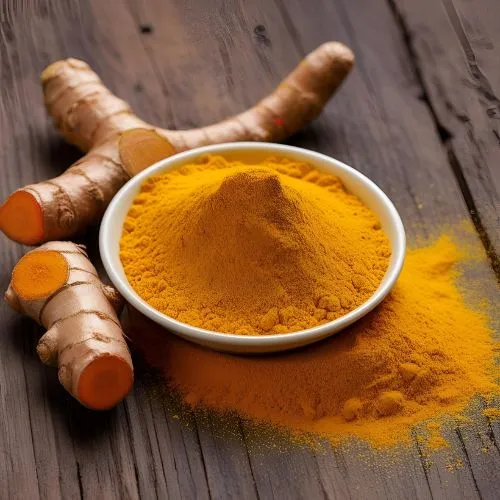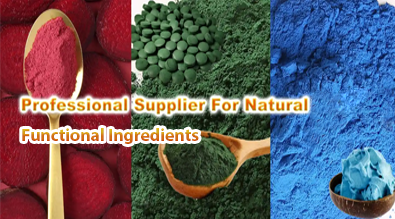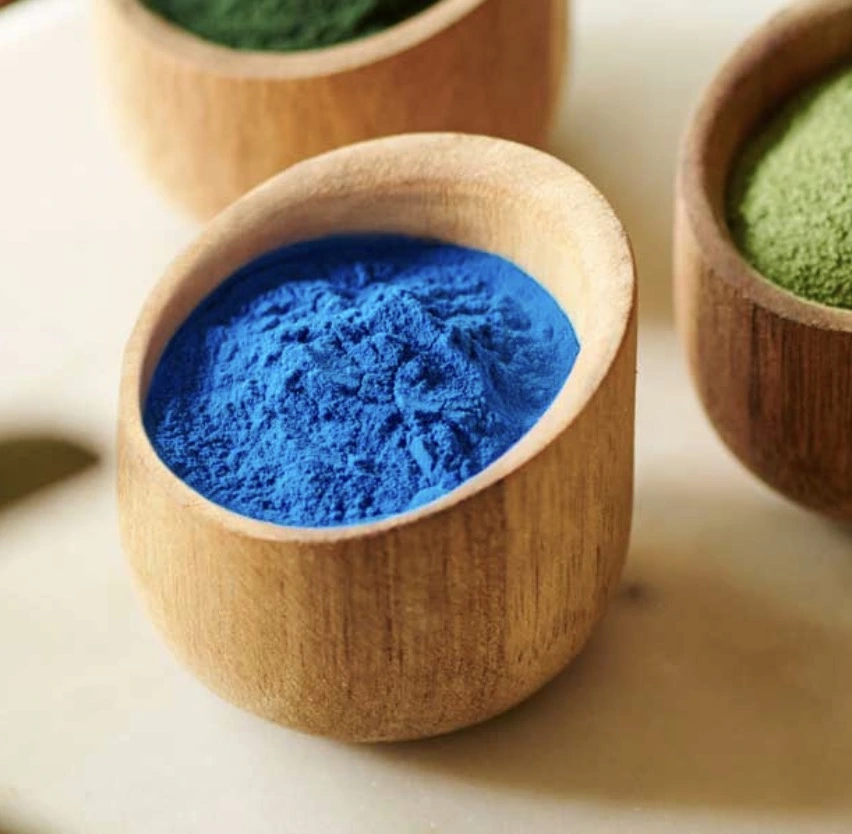Turmeric Powder Pigment 100(II): Safe for Supplement Use?
Turmeric has long been revered for its vibrant color and potential health benefits. As the demand for natural supplements grows, many are turning to turmeric powder pigment 100(II) as a key ingredient. But is this concentrated form of turmeric safe and effective for supplement use? Let's delve into the science behind this potent pigment and explore its applications in the world of dietary supplements.

Health Benefits of Turmeric Powder Pigment 100(II)
Turmeric powder pigment 100(II), also known as curcumin, is the primary bioactive compound found in turmeric. This powerful antioxidant has garnered significant attention in the scientific community for its potential therapeutic properties.
Anti-inflammatory Properties
One of the most notable attributes of turmeric powder pigment 100(II) is its anti-inflammatory effects. Chronic inflammation is linked to numerous health issues, including heart disease, cancer, and neurodegenerative conditions. Studies suggest that curcumin may help mitigate inflammation at the molecular level, potentially offering protection against these chronic diseases.
Antioxidant Capacity
The antioxidant prowess of turmeric powder pigment 100(II) is remarkable. It not only neutralizes free radicals directly but also stimulates the body's own antioxidant enzymes. This dual action may provide enhanced protection against oxidative stress, which is implicated in aging and various diseases.
Cognitive Function Support
Emerging research indicates that turmeric powder pigment 100(II) might play a role in brain health. It has been shown to cross the blood-brain barrier and may help increase levels of brain-derived neurotrophic factor (BDNF), a protein crucial for neuron growth and function. This could have implications for cognitive health and potentially slow the progression of age-related cognitive decline.

How Turmeric Pigment 100(II) Is Made and Tested?
The production of turmeric powder pigment 100(II) involves a meticulous process to ensure purity and potency. Understanding this process is crucial for assessing its safety and efficacy in supplements.
Extraction and Concentration
Turmeric powder pigment 100(II) is typically extracted from turmeric root using sophisticated techniques such as solvent extraction or supercritical fluid extraction. These methods isolate and concentrate the curcumin, resulting in a product that contains a much higher percentage of the active compound than found in raw turmeric.
Standardization
To ensure consistency in potency, manufacturers standardize the curcumin content in turmeric powder pigment 100(II). This standardization process guarantees that each batch contains a specific percentage of curcumin, usually ranging from 95% to 98%. This level of standardization is crucial for supplement formulation and dosage accuracy.
Quality Control Measures
Rigorous testing is an integral part of producing safe turmeric powder pigment 100(II). Reputable manufacturers employ a battery of tests to verify the purity and potency of their product. These may include:
- High-performance liquid chromatography (HPLC) to confirm curcumin content
- Heavy metal analysis to ensure the absence of toxic contaminants
- Microbial testing to verify the product is free from harmful bacteria and fungi
- Residual solvent testing to confirm the complete removal of extraction solvents

FAQs About Turmeric Pigment 100(II) in Supplements
As turmeric powder pigment 100(II) gains popularity in the supplement market, consumers naturally have questions about its use and safety. Here are some frequently asked questions:
Is Turmeric Powder Pigment 100(II) Safe for Daily Use?
When used as directed, turmeric powder pigment 100(II) is generally considered safe for most people. However, it's important to note that high doses or long-term use may cause gastrointestinal discomfort in some individuals. As with any supplement, it's advisable to consult with a healthcare professional before starting a new regimen, especially if you have pre-existing health conditions or are taking medications.
How Does Turmeric Powder Pigment 100(II) Compare to Regular Turmeric?
Turmeric powder pigment 100(II) is a highly concentrated form of curcumin, the active compound in turmeric. While regular turmeric contains only about 3% curcumin by weight, turmeric powder pigment 100(II) can contain up to 95% curcumin. This concentration allows for potentially higher bioavailability and more potent effects when used in supplements.
Are There Any Known Drug Interactions?
Turmeric powder pigment 100(II) may interact with certain medications, including blood thinners, diabetes medications, and drugs that reduce stomach acid. It's crucial to discuss potential interactions with your healthcare provider, especially if you're taking any prescription medications.
What's the Recommended Dosage?
The appropriate dosage of turmeric powder pigment 100(II) can vary depending on the specific supplement formulation and intended use. Generally, studies have used doses ranging from 500 mg to 2,000 mg of curcumin per day. However, it's essential to follow the manufacturer's recommendations or consult with a healthcare professional for personalized advice.
Can Turmeric Powder Pigment 100(II) Be Used in Food Products?
While turmeric powder pigment 100(II) is primarily used in dietary supplements, it can also be incorporated into certain food products as a natural coloring agent. However, its use in food is subject to regulatory guidelines and may require additional safety assessments depending on the jurisdiction.

Conclusion
In conclusion, turmeric powder pigment 100(II) offers a concentrated source of curcumin with potential health benefits when used appropriately in supplements. Its safety and efficacy are supported by extensive research and rigorous quality control measures. As the market for natural supplements continues to evolve, turmeric powder pigment 100(II) remains a promising ingredient for those seeking to harness the power of this ancient spice in a modern, concentrated form.
For more information on turmeric powder pigment 100(II) and other natural plant extracts, please contact us at info@yanggebiotech.com. Our team of experts is ready to assist you in finding the right ingredients for your supplement formulations.
References
1. Hewlings, S. J., & Kalman, D. S. (2017). Curcumin: A Review of Its Effects on Human Health. Foods, 6(10), 92.
2. Prasad, S., & Aggarwal, B. B. (2011). Turmeric, the Golden Spice: From Traditional Medicine to Modern Medicine. In Herbal Medicine: Biomolecular and Clinical Aspects. 2nd edition. CRC Press/Taylor & Francis.
3. Patel, S. S., Acharya, A., Ray, R. S., Agrawal, R., Raghuwanshi, R., & Jain, P. (2020). Cellular and molecular mechanisms of curcumin in prevention and treatment of disease. Critical Reviews in Food Science and Nutrition, 60(6), 887-939.
4. Khayat, S., Fanaei, H., Ghanbarzehi, A., Khanbabaei, H., & Saeidi, S. (2019). Curcumin and Curcumin Analogues in Cancer Therapy: A Review. Current Chemical Biology, 13(1), 51-63.
5. Tomeh, M. A., Hadianamrei, R., & Zhao, X. (2019). A Review of Curcumin and Its Derivatives as Anticancer Agents. International Journal of Molecular Sciences, 20(5), 1033.

Based on your location and order quantity, you will have the opportunity to receive a limited time free shipping promotion!

Who we are


